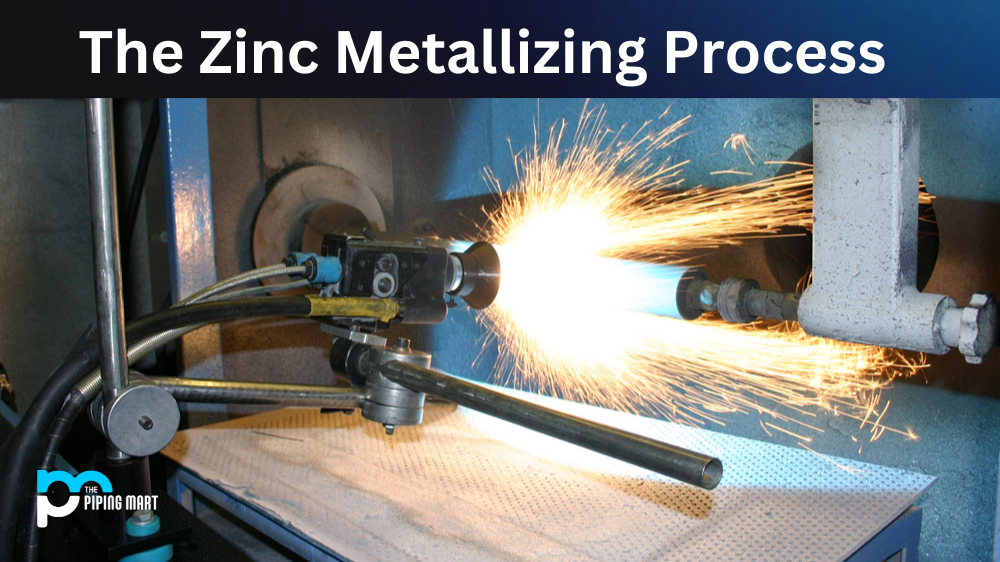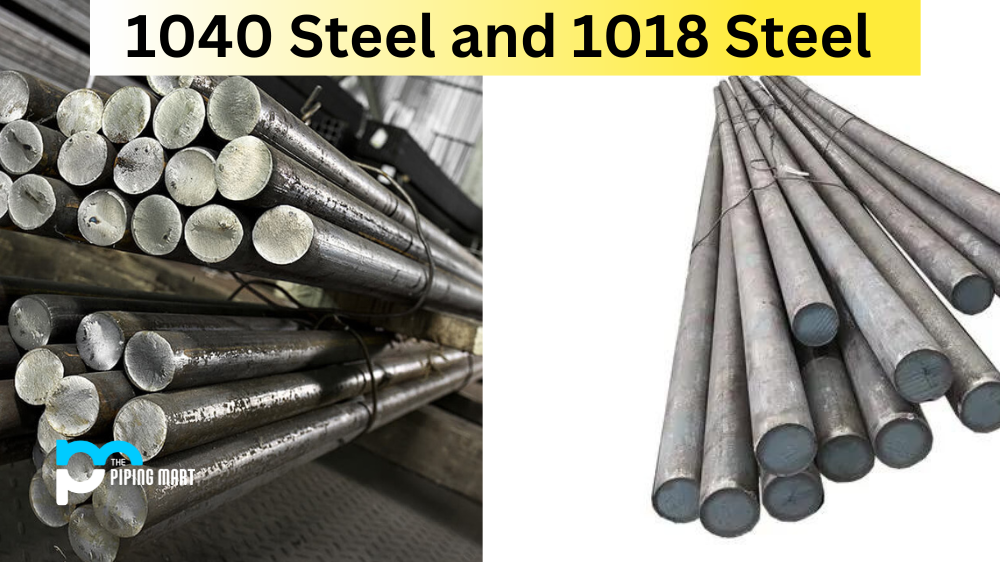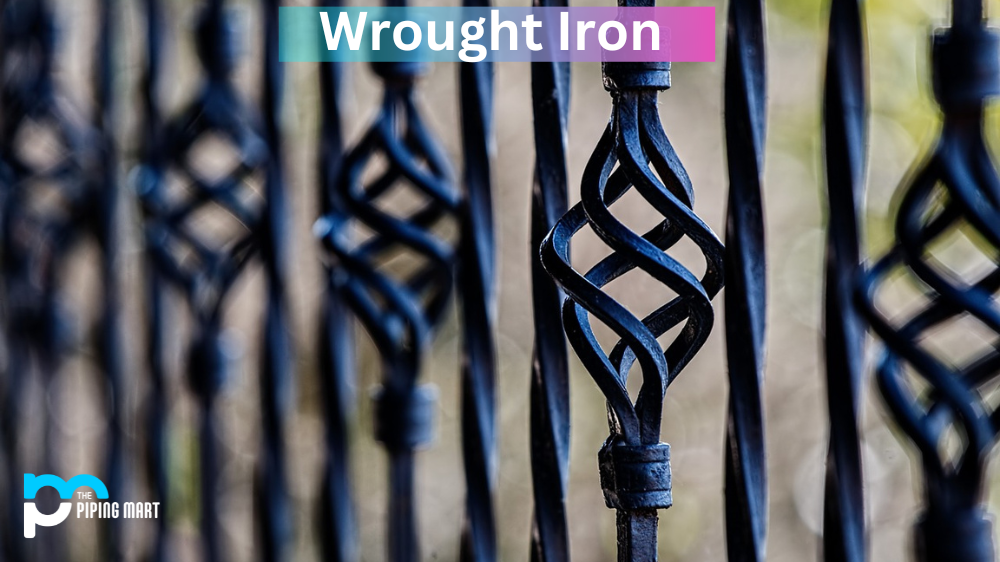The process of zinc metallizing is an effective way to protect metal surfaces from corrosion and extend their lifespan. Zinc metallizing involves coating a metal surface with a thin layer of zinc by either hot dip galvanizing or thermal spraying. In this blog post, we’ll discuss the benefits of zinc metallizing and explain how it works in greater detail.
What is metallization process?
Metallization is the process of coating a surface with metal to reduce corrosion and protect it from electrical current. The metallization process involves depositing a thin layer of metal onto a material, typically in an arc vapor deposition or sputter coating. After the metal layer has been applied, it goes through an etching process that shapes and refines the metal into its desired shape. This process can be done to metals such as gold, zinc, tin, silver or palladium. Metallization is often used for electrical components, circuit boards and semiconductors for their superior conductivity and protection against environmental damage. Metallization services provide industries with components and products that have lasting wear-resistance qualities.
Benefits of Zinc Metallizing
The main benefit of zinc metallizing is that it provides metal surfaces with a protective coating that prevents them from corroding or rusting. This is especially useful for metal components that are exposed to harsh environmental conditions such as high humidity levels, salt water, and extreme temperatures. Additionally, since zinc has a lower melting point than many other metals, it can be used as a sacrificial anode which helps protect metal surfaces from corrosion when exposed to electrical currents.
Hot Dip Galvanizing vs. Thermal Spraying
Hot dip galvanizing is the most common method for applying a protective layer of zinc to metal surfaces. In this method, the metal surface is submerged in molten zinc at temperatures ranging from 815-840 degrees Fahrenheit (435-450 degrees Celsius). Once cooled, a hard layer of zinc will form on the surface of the metal, which acts as an effective barrier against corrosion. Thermal spraying uses heat to melt zinc particles in order to apply them onto metal surfaces. This method is often used when more precise layers of protection are needed on smaller components or when access to hot dip galvanization facilities isn’t available. Both methods offer reliable protection against corrosion, but thermal spraying tends to provide better results due its ability to create thinner but more durable layers of protection compared to hot-dipped galvanized coatings.
Conclusion
The process of zinc metallizing offers an effective way for industrial workers and manufacturing professionals alike to protect their equipment from corrosion and increase its lifespan. By using either hot dip galvanization or thermal spraying techniques, you can apply a thin layer of zinc onto your metallic components, so they stay protected no matter what kind of environment they’re in. With proper care and maintenance, your equipment should remain safe from corrosion for many years with the help of this effective process!

Pipingmart is a B2B portal that specializes in metal, industrial and piping items. Additionally, we share the latest information and information about materials, products and various types of grades to assist businesses that are involved in this business.




